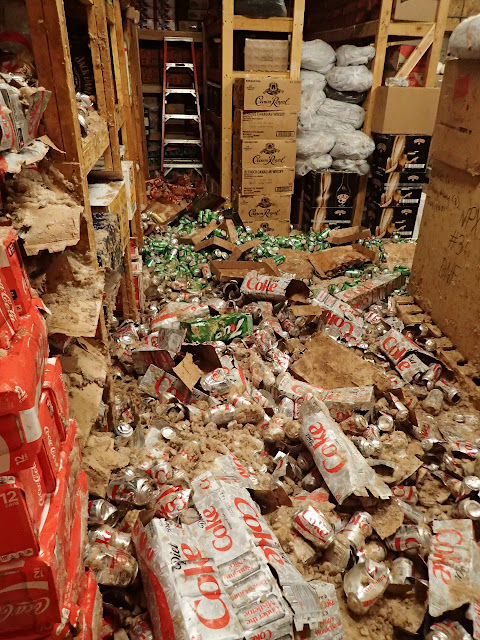 |
| Yuri's Night at the South Pole 2017. |
 |
| Geostationary Observational Environmental Satellite (GOES) costume hat. I worked at a Hawaii tracking station in the mid-70's and tracked this satellite. |
 |
| More space cadets. |
 |
| A fine group of polies. |
 |
| The drink cart. |
 |
| DJ. |
 |
| The heater in the "booze barn" failed and the temperature dropped to -70F exploding much of the stored soda. Photo credit: Brett |
 |
| What a mess! |
 |
| The booze barn is located away from the station. |


































.jpg)
.jpg)
.jpg)
.jpg)
.jpg)
.jpg)
.jpg)

